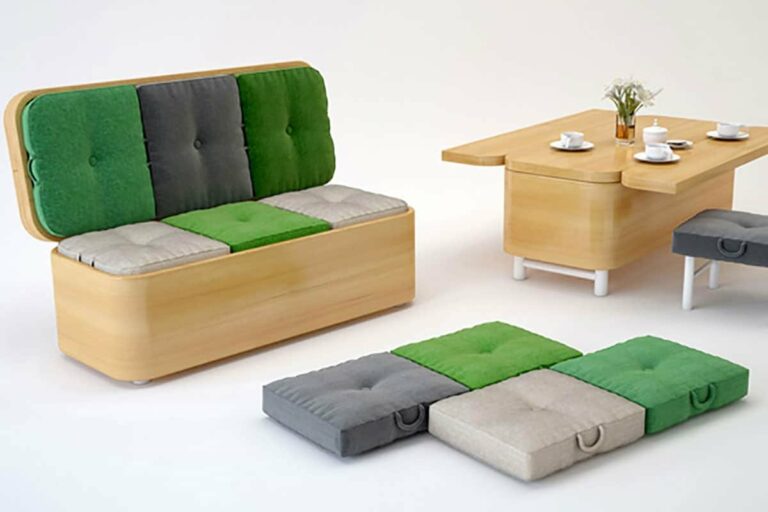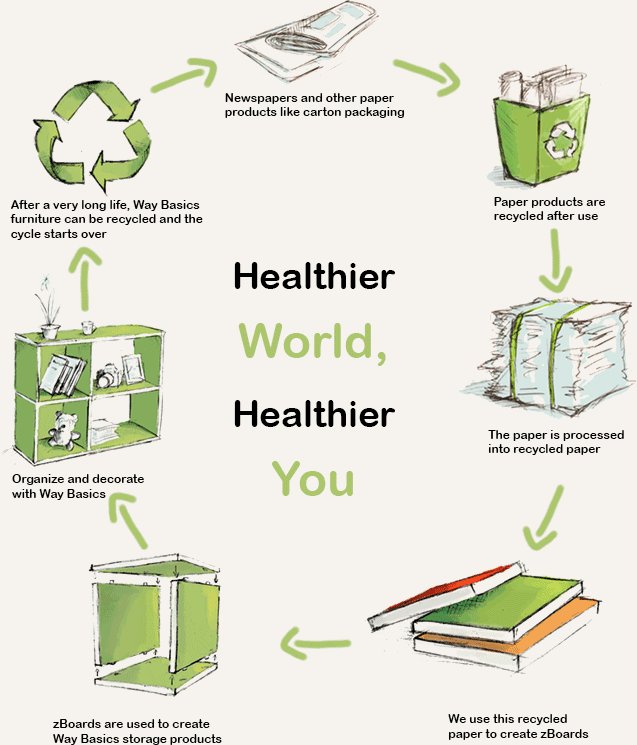Properly Disposing Of Eco-Friendly Furniture: A Sustainable Guide
Properly Disposing Of Eco-Friendly Furniture? Don’t worry, we’ve got you covered! In this blog article, we will provide you with a practical solution that not only helps you bid farewell to your beloved furniture responsibly but also contributes to the preservation of our planet. So, let’s dive right in and explore the best ways to dispose of eco-friendly furniture in a sustainable and environmentally friendly manner.
How to Properly Dispose of Eco-Friendly Furniture at the End of Its Life?
As the world continues to embrace sustainability and eco-friendly practices, many households have started investing in eco-friendly furniture. These environmentally conscious pieces are made from sustainable materials, designed to minimize their impact on the environment throughout their lifespan. However, just like any other furniture, eco-friendly furniture eventually reaches the end of its life. When it’s time to dispose of these items, it’s important to do so responsibly to ensure minimal harm to the environment. In this article, we will explore various methods for properly disposing of eco-friendly furniture at the end of its life.
1. Evaluate Reusability and Repurposing
The first step in responsible disposal of eco-friendly furniture is to evaluate whether the item can be reused or repurposed. Consider these options:
Donate to Charitable Organizations
– Look for local charitable organizations, shelters, or community centers that accept furniture donations.
– Ensure the eco-friendly furniture is clean and in good condition before donating.
– Contact the organization beforehand to confirm their acceptance and any specific requirements.
Organize a Furniture Swap or Sale
– Connect with friends, family, or colleagues who might be interested in acquiring sustainable furniture.
– Host a furniture swap event or advertise the pieces for sale within your community.
– Ensure proper sanitization and safety measures if conducting an in-person event.
Repurpose for Creative Projects
– Explore DIY ideas to repurpose eco-friendly furniture into new functional or decorative items.
– Convert a wooden table into a unique bookshelf or transform a dresser into a stylish storage unit.
– Tap into your creativity and find inspiration from online platforms or design magazines.
2. Explore Recycling Options
If reusability or repurposing is not feasible, recycling is often the next best option for disposing of eco-friendly furniture sustainably. Consider the following recycling methods:
Contact Local Recycling Centers
– Research local recycling centers that accept furniture materials for recycling.
– Check whether they have specific guidelines for eco-friendly furniture recycling.
– Inquire about pick-up or drop-off options and any associated costs.
Check with the Manufacturer
– Contact the manufacturer of your eco-friendly furniture to inquire about recycling programs.
– Some furniture companies have their own recycling initiatives or can direct you to appropriate recycling resources.
– They may provide assistance or guidance on disassembling the furniture for recycling.
Look for Wood Recycling Facilities
– If your eco-friendly furniture is made primarily from wood, search for wood recycling facilities in your area.
– These facilities have the equipment and knowledge to process wooden furniture into reusable materials such as mulch or particleboard.
– Make sure to remove any non-recyclable components or hardware before sending the furniture for recycling.
3. Responsible Disposal as a Last Resort
If all other options have been exhausted, responsible disposal is the final step to ensure eco-friendly furniture is handled properly. Consider the following guidelines:
Seek Local Waste Management Guidelines
– Check with your local waste management authority or municipality for guidelines on disposing of furniture.
– Some areas have specific regulations for large items, and it’s important to follow these instructions to avoid improper disposal fines.
– Find out if there are designated pick-up days or facilities for furniture waste.
Proper Disassembly and Separation
– Before disposing of the furniture, disassemble it into smaller components if possible.
– Separate different materials such as wood, metal, fabric, and plastic for proper recycling or disposal.
– Double-check any local regulations or guidelines for specific disposal requirements.
Hire Professional Furniture Disposal Services
– If you are unable to handle the disposal yourself, consider hiring professional furniture disposal services.
– These companies specialize in collecting and disposing of furniture in an environmentally responsible manner.
– Ensure the service provider follows sustainable practices such as recycling or donating whenever possible.
How Singapore fixed its big trash problem | CNBC Reports
Frequently Asked Questions
How can I properly dispose of eco-friendly furniture at the end of its life?
When it’s time to dispose of your eco-friendly furniture, there are a few responsible options you can consider. Firstly, check with the manufacturer or retailer if they have a take-back program in place. Many eco-friendly furniture brands have recycling programs to ensure proper disposal. Secondly, you can donate the furniture to local charities, shelters, or thrift stores. This way, someone else can benefit from your furniture. Lastly, you can explore recycling options. Look for local recycling centers that accept furniture or contact waste management facilities to inquire about their recycling capabilities.
Can I sell my eco-friendly furniture instead of disposing of it?
Absolutely! Selling your eco-friendly furniture is a great way to extend its life. You can list it on online marketplaces or classified ads websites to find interested buyers. Make sure to highlight its eco-friendly features in the listing, as it may attract environmentally conscious buyers. Additionally, you can consider hosting a garage sale or reaching out to friends, family, or colleagues who may be interested in purchasing the furniture.
Is it possible to repurpose or upcycle eco-friendly furniture instead of disposing of it?
Yes, repurposing or upcycling your eco-friendly furniture is a fantastic way to give it a new lease on life. Depending on your creativity and skills, you can transform the furniture into something entirely different. For example, you can repurpose a wooden table into a desk or a bookshelf. By repurposing or upcycling, you not only divert the furniture from the landfill but also reduce the need for new furniture production.
What should I do if my eco-friendly furniture is no longer usable?
If your eco-friendly furniture is no longer usable, consider recycling it. Look for local recycling centers or waste management facilities that accept furniture. They can properly dismantle and recycle the different components of the furniture. Additionally, you can check with the manufacturer or retailer if they offer any recycling services for their products. Proper recycling of your furniture helps minimize its environmental impact.
Can I compost my eco-friendly furniture?
Composting eco-friendly furniture is generally not recommended. While some components, such as untreated wood or natural fibers, may be compostable, others may not. Eco-friendly furniture often contains different materials like metal or synthetic fibers that do not readily break down in composting processes. To ensure proper disposal and avoid any potential contamination, it is best to explore other recycling or donation options rather than composting your furniture.
Final Thoughts
Properly disposing of eco-friendly furniture at the end of its life is crucial for minimizing environmental impact. By following a few simple steps, you can ensure that your eco-friendly furniture is disposed of responsibly. Firstly, consider donating the furniture to local charities or organizations that accept used items. This way, it can be reused or repurposed by someone else. If donation is not possible, explore recycling options for eco-friendly materials such as wood, bamboo, or recycled plastic. Lastly, if all else fails, contact waste management facilities that specialize in eco-friendly disposal methods. Taking these steps will help to reduce waste and contribute to a more sustainable future.



